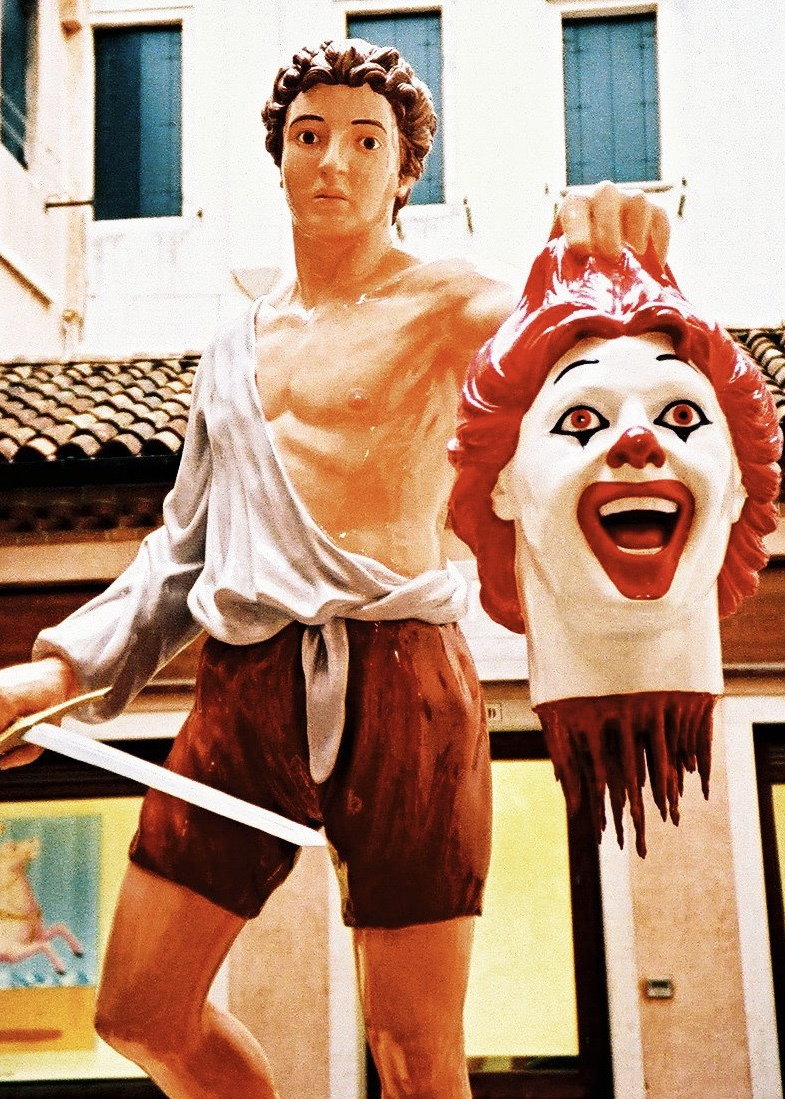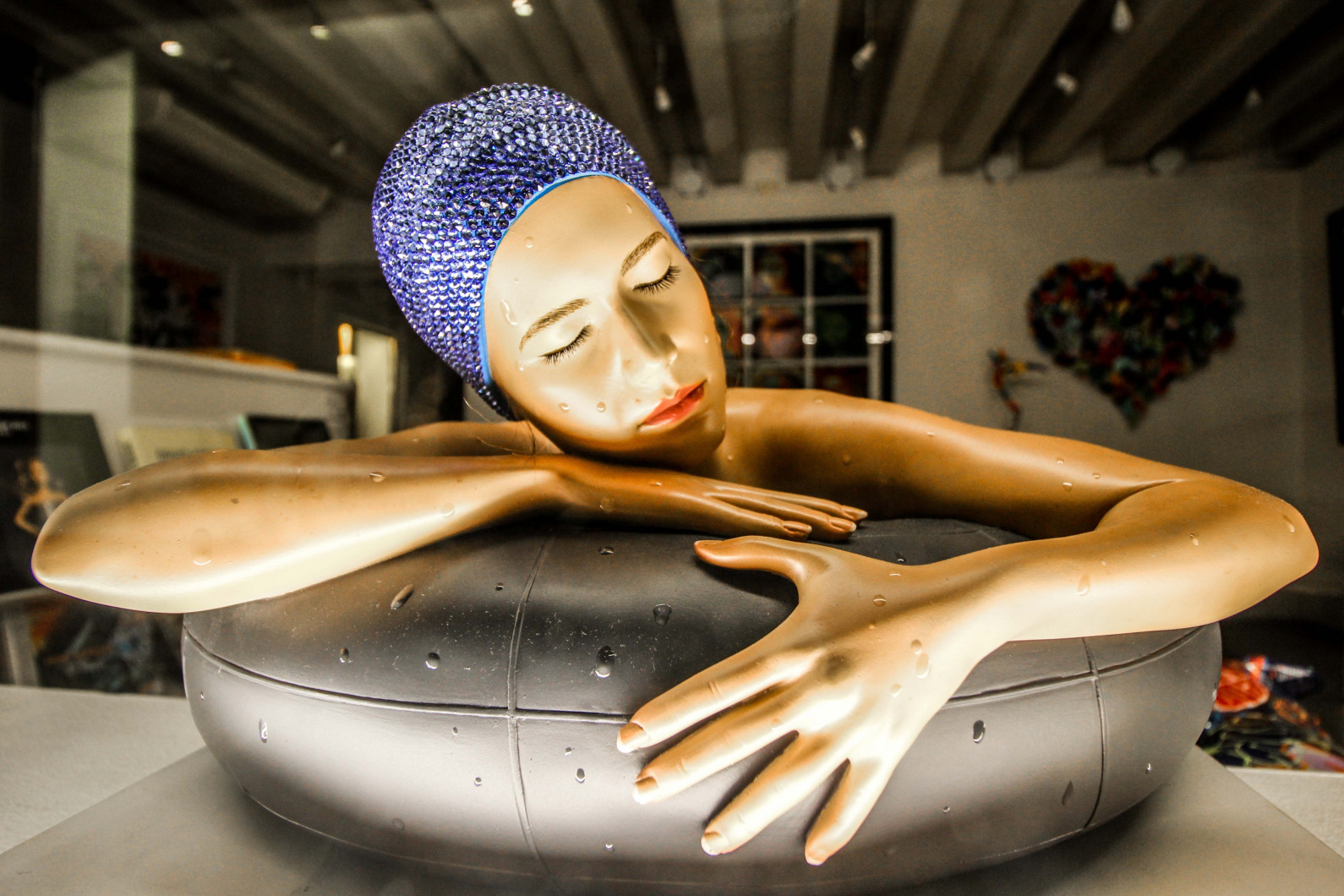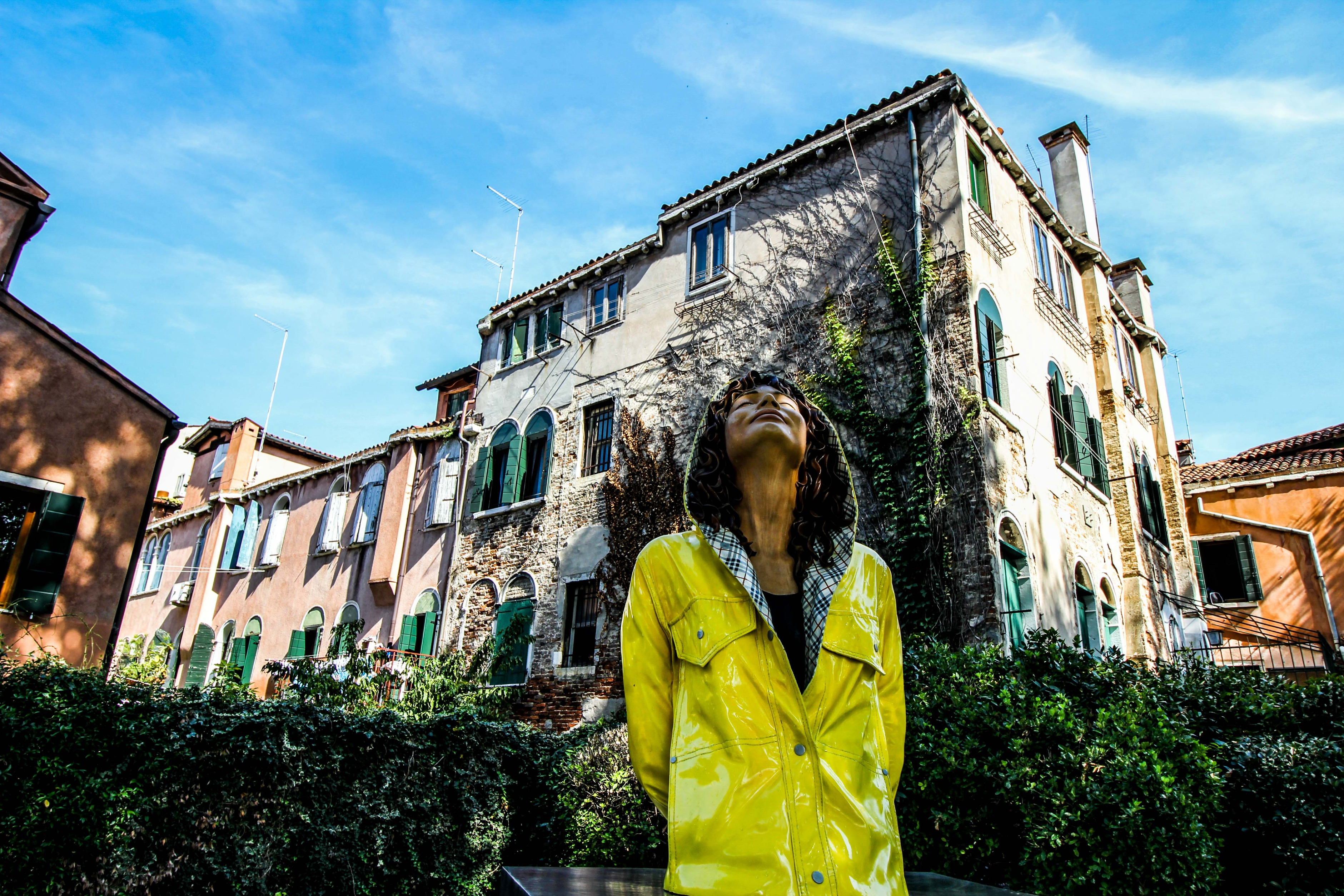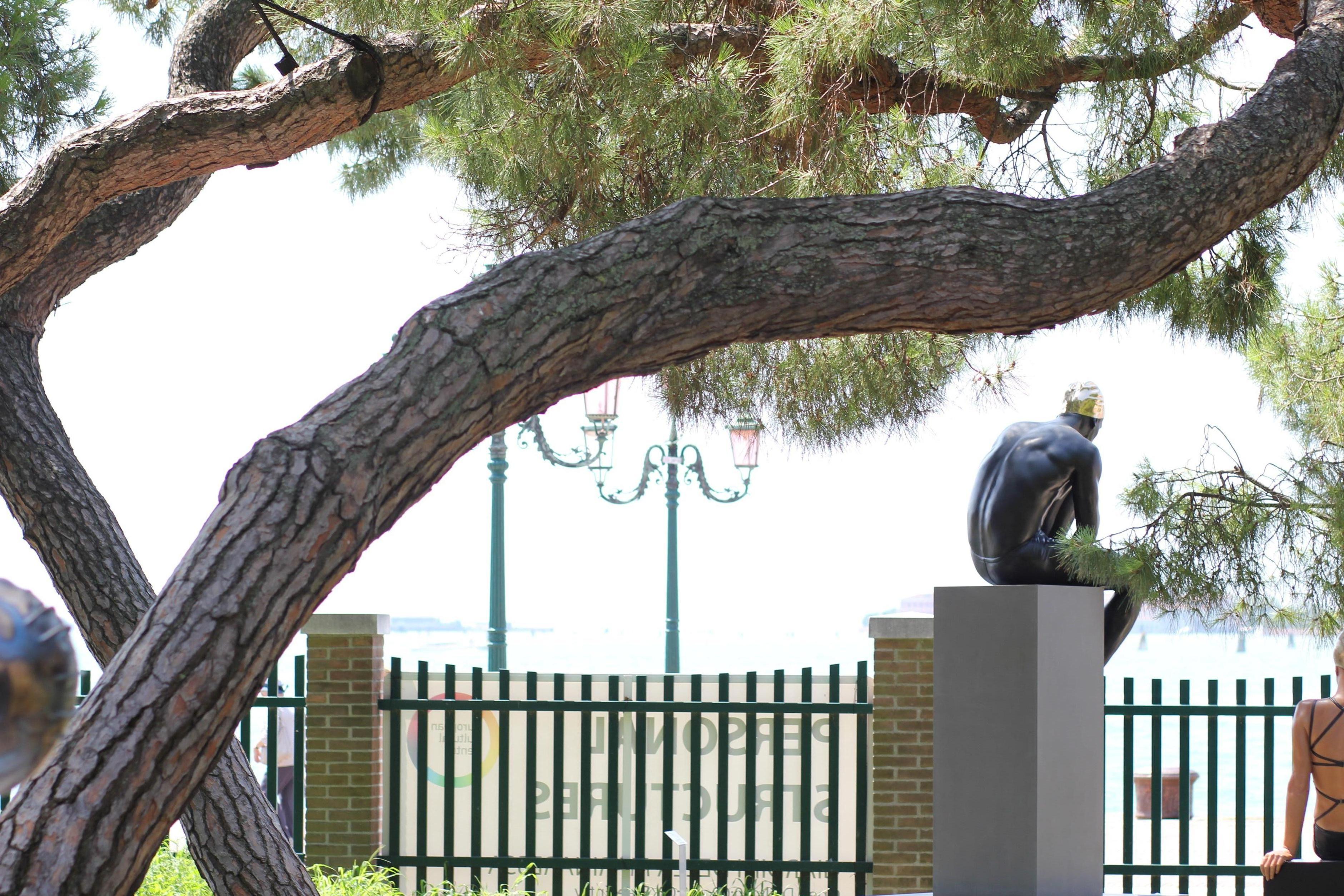
Giuseppe Veneziano: Art on the Edge of Irony and Controversy
In an era where art is often seen as abstract and symbolic, there’s one artist who stands in stark contrast: Carole Feuerman. She’s a leading figure in the hyperrealism movement, a style of art so lifelike that it demands a second look to confirm that it isn’t real. This quality makes her work particularly captivating for many, especially the younger generation.

Carole Feuerman is an American sculptor who has been active since the 1970s. What truly sets her apart, though, is not just her decades-long career but her extraordinary ability to create sculptures so realistic that they seem poised to come to life at any moment. Her works can be found in prestigious collections and museums worldwide, and she has received numerous awards for her contributions to the art world.


Giuseppe Veneziano, born in 1971 in Mazzarino, Sicily, is one of Italy’s most provocative contemporary artists. Known for blending pop culture, politics, and historical references with biting irony, Veneziano’s work stands at the intersection of beauty and provocation. His art invites both admiration and outrage, often forcing viewers to confront the uncomfortable truths hidden behind familiar imagery.
The Pop-Political Aesthetic
Veneziano belongs to the "New Pop Italian" movement — a postmodern current that draws inspiration from comic books, media, and iconic cultural figures. However, he doesn’t simply reference pop culture: he weaponizes it. In his paintings and sculptures, political leaders, religious icons, and cartoon characters are decontextualized, distorted, or reimagined to challenge moral and cultural taboos.
Whether depicting Mussolini’s severed head (Occidente, Occidente) or painting cartoon heroines in sexually ambiguous positions, Veneziano's art often blurs the line between satire and sacrilege.
Narratives of Power and Violence
Central to Veneziano's work is a fascination with power — how it is constructed, represented, and mythologized. He frequently revisits traumatic moments in Italian history, such as terrorism, political assassinations, or the legacy of fascism, translating them into seductive, colorful compositions.
One of his most discussed series, “Heroes,” reinterprets classical paintings with contemporary figures, replacing saints and martyrs with political leaders, celebrities, and antiheroes. These works subvert the traditional idea of the “hero,” suggesting that today’s icons are just as constructed and flawed as those of the past.
Sex, Religion, and Taboo
Few themes are as persistent in Veneziano’s work as the relationship between sex and religion. He often critiques the contradictions within religious and cultural norms, especially the Catholic Church's influence on Italian society. His piece “Madonna del Terzo Reich” caused a national scandal when it depicted the Virgin Mary holding baby Hitler — a stark and surreal commentary on innocence, evil, and inherited guilt.
Veneziano himself has defended his work by saying:
“Art must disturb. If it doesn’t, it becomes decoration.”
At the Venice Biennale
Giuseppe Veneziano’s inclusion in collateral events at the Venice Biennale has amplified his international recognition. His bold visual language fits naturally into a global art scene increasingly concerned with image, ideology, and identity. At Venice, his work is less about shock for its own sake, and more about revealing the mechanisms through which societies build myths, heroes, and enemies.
A Mirror of the Modern Condition
Veneziano’s art isn’t easily digestible — nor is it meant to be. It reflects a world saturated with images, contradictions, and unresolved histories. With his sharp sense of irony and a fearless approach to subject matter, he holds up a mirror to our times, asking: What do we really worship? Whom do we trust? What are we willing to ignore?
His work reminds us that beneath the bright colors and iconic faces lies a darker reality — one we are often reluctant to see.
